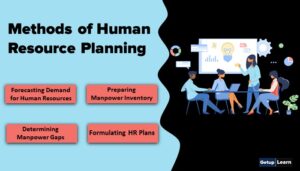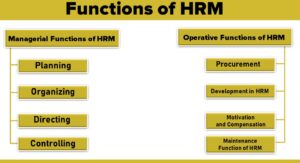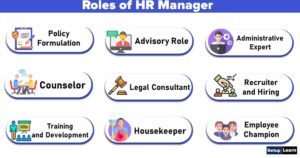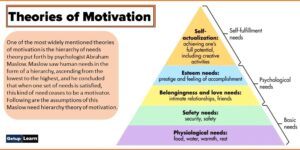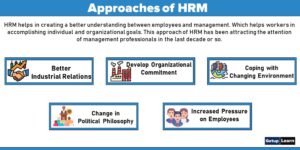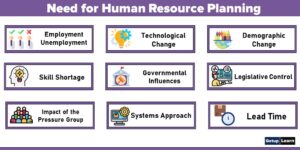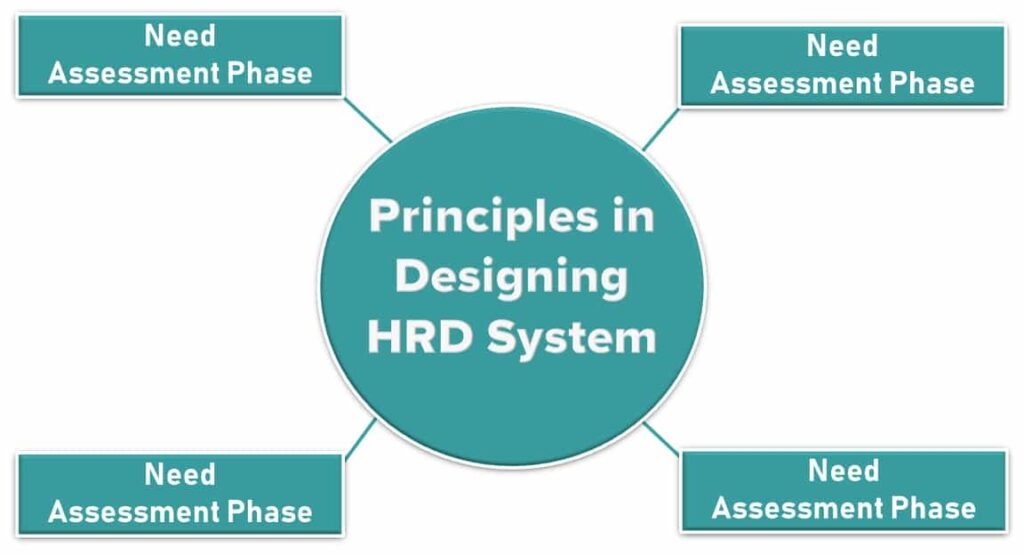
Table of Contents
Principles in Designing HRD System
These are the four steps which involve in the process of designing HRD system:
Need Assessment Phase
HRD interventions are used to address some need or ‘gap’ within the organization. A need can either be a current deficiency or a new challenge that demands a change in the way the organization operates. Identifying needs involves examining the organization, its environment, job tasks, and employee performance.
Once the assessment phase has been completed, which is important to translate the issues identified in that phase into clear objectives for HRD programs.
Design Phase
In this phase of the HRD intervention, some type of training and development is carried out. Other activities to be carried out are:
- The objectives of the program should be outlined.
- The appropriate trainers should be acquired along with the appropriate material to be used for the trainees.
- Determine how the trainer will deliver the program.
- Select the most appropriate method to conduct the program.
- Schedule the program.
The design phase also involves selecting and developing the content of the program. The design phase includes:
- Choosing the setting classroom, on the job, online, and so on.
- The technique being used are lecture, role play, stimulation, and so on.
- Materials to be used for delivery of the program Powerpoint, videos, films workbooks job aids, and so on.
Implementation Phase
The goal of the assessment and design phases is to implement effective HRD programs and interventions. The need assessment may also reveal that training is not the ideal solution for the issues or problems facing the organization.
It may also be the case that a different type of HRD intervention is called for besides training. It means that the intervention must be delivered or implemented using the most appropriate means (methods). Delivering any HRD program generally presents numerous challenges, such as executing the program as planned; creating an environment that enhances learning, and resolving problems that may arise.
Evaluation Phase
Program evaluation is the final phase in the training and HRD process. Careful evaluation provides information on participants’ reactions to the program, how much they learned, whether they use what they learned on the job and whether the program improved the organization’s effectiveness.
This information allows managers to make better decisions about various aspects of the HRD effort.
Model of HRD
There are three models of HRD in HRD literature:
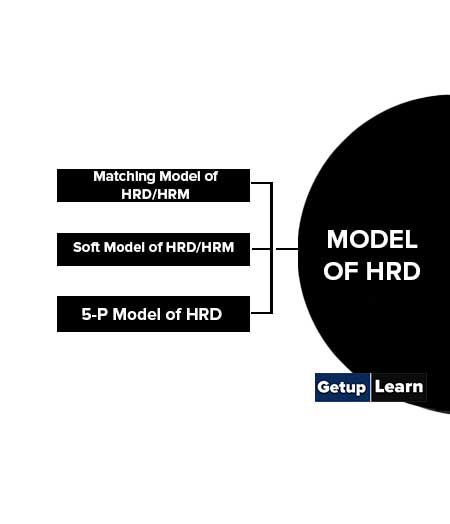
Matching Model of HRD/HRM
This model was developed by the Michigan and New York Schools. It is also known as the hard variant of HRM. This model of HRM advocates that human resources be obtained cheaply used sparingly, and developed and exploited as fully as possible.
Soft Model of HRD/HRM
This model of HRM comprises policies that promote mutuality in goals, influence, respect, rewards, and responsibility. The strategy followed in this model is that mutuality will elicit commitment on the part of the employees, which in turn will yield better performance and greater human resource development.
This model is also called the Harvard Model, which is a soft variant of HRM developed by Beer et al. (1984). This model is concerned with the employer-employee relationship.
5-P Model of HRD
This model of HRD is concerned with the five ps of strategic HRM, that is, philosophy, policies, programs, practices, and processes. This strategic HRM model reveals a new trend in which HRM is becoming an integral part of business strategy.
The model stresses the human aspect of HRM and is more concerned with the employer-employee relationship.
What are the needs of HRD and designing HRD?
It provides stabilizing itself, achieving growth, diversifying, renewing itself to become more effective, improving its systems and services, changing and becoming more dynamic, and playing leadership roles.
What are the four components of HRD?
There are four phases of designing HRD system: the need assessment phase, design phase, implementation phase, evaluation phase, etc.
What is the HRD method?
HRD literature consists of three models. These are: Matching Model of HRD/HRM, Soft Model of HRD/HRM, 5-P Model of HRD etc.

